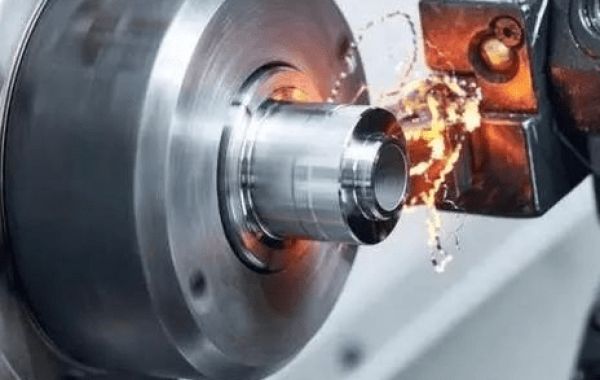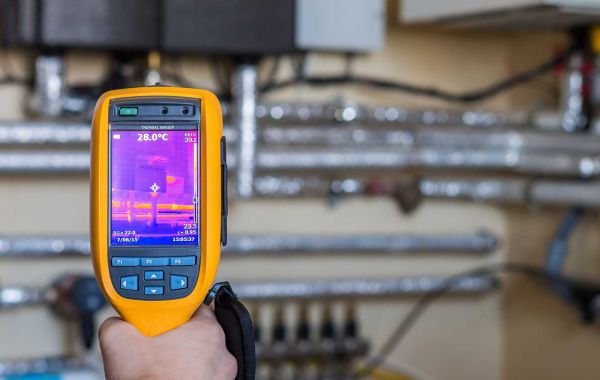Several factors need to be carefully considered when designing stainless steel parts for CNC turning to guarantee the successful production of high-quality parts. Here are some key aspects to consider during the design process:
- Material Selection: Choosing the right grade of stainless steel is essential to guaranteeing the longevity and effectiveness of the CNC-turned parts. Required strength, resistance to corrosion, ease of machining, and aesthetic appeal are important considerations. Selecting the right grade of stainless steel depends on the particular application because different grades have different properties.
- Part Geometry and Dimensions: It is important to consider the limitations of CNC turning when designing the part's geometry and dimensions. Take into account elements like feature complexity, tool accessibility, and wall thickness. Check that the dimensions fall within the permitted tolerance range and that the design provides adequate clearance for cutting tools.
- Feature Design and Placement: CNC turning should be considered when designing each feature and deciding where to place them on the part. Think about things like feature transitions, feature size, and feature orientation. Steer clear of deep pockets, fragile walls, and sharp internal corners as these could cause machining problems.
- Surface Finish Requirements: The design documentation needs to include a precise specification of the necessary surface finish. Think about things like the part's intended use, the machining technique, and the tool choice. Several methods can be used to achieve various surface finishes, depending on the desired degree of smoothness and aesthetics.
- Tolerances and Specifications: Provide a clear indication of the part's specifications, tolerances, and critical dimensions. Take into account elements like necessary precision, functional requirements, and production capacities. Enumerate the tolerances that are within the design's overall intent and that can be achieved with CNC turning.
- Design for Manufacturability (DFM): Ensure that the design minimizes production challenges and is optimized for CNC turning by utilizing DFM principles. To cut waste and expedite the machining process, take into account elements such as material properties, feature orientation, and tool accessibility.
Comprehending the factors that need to be taken into account when designing stainless steel parts for CNC turning is essential to generating parts that are durable, cost-effective, and of superior quality. It makes sure that integration and assembly are done correctly, boosts machining efficiency, and ultimately produces more robust and effective products.







